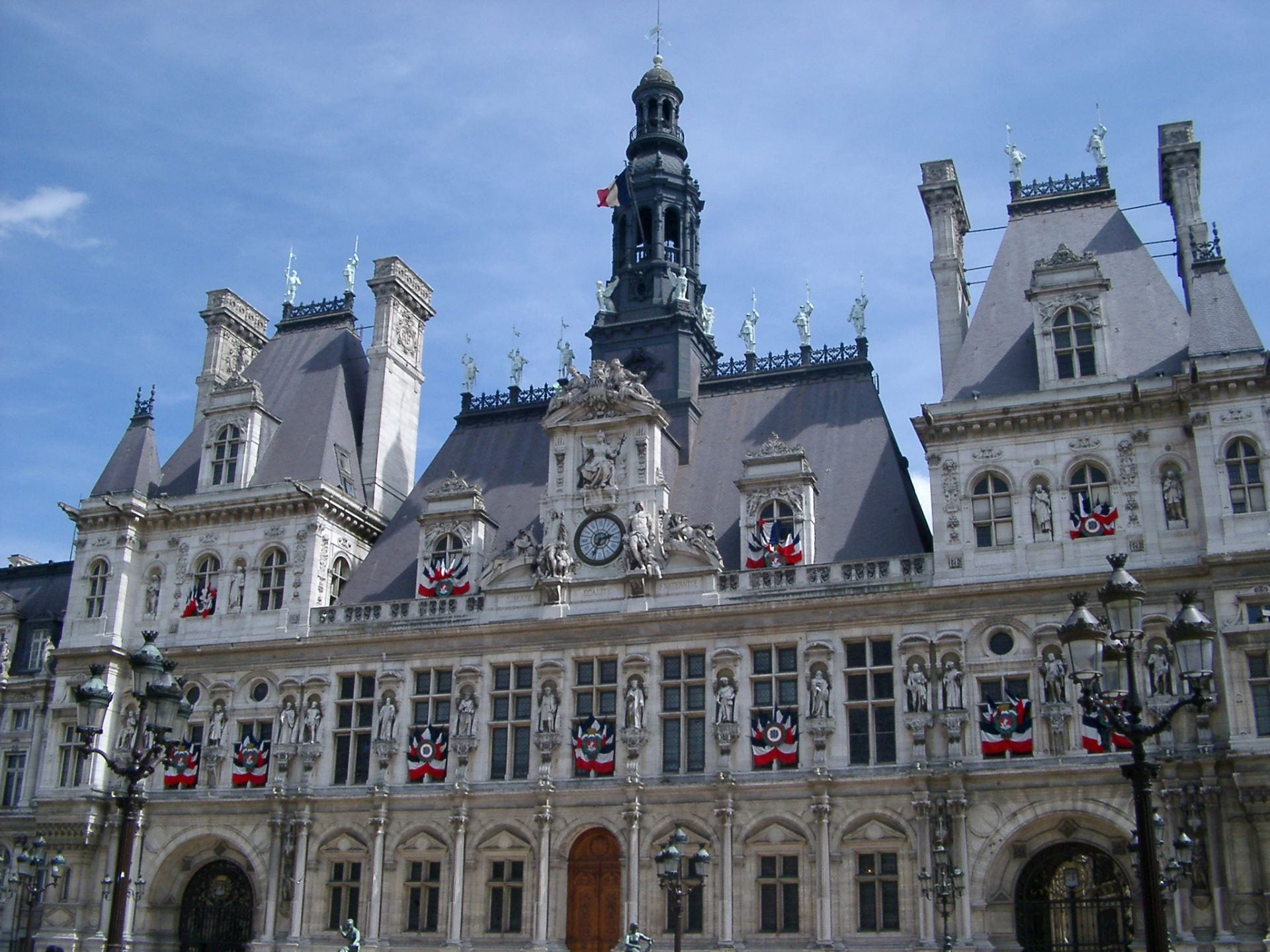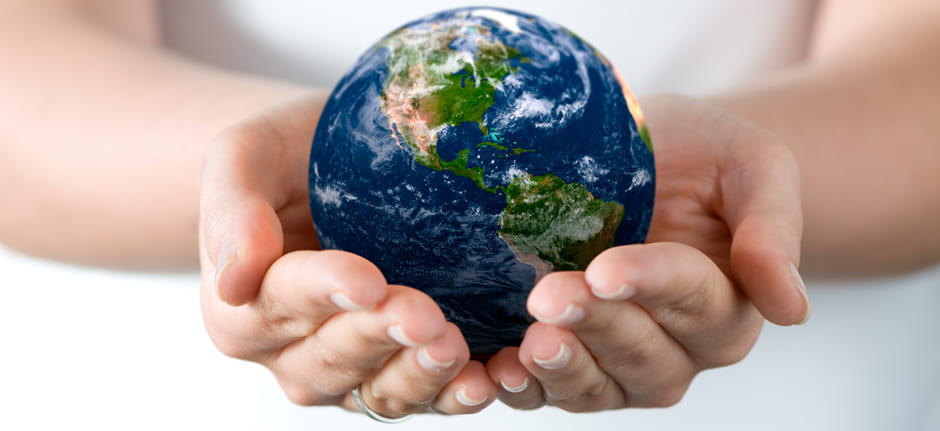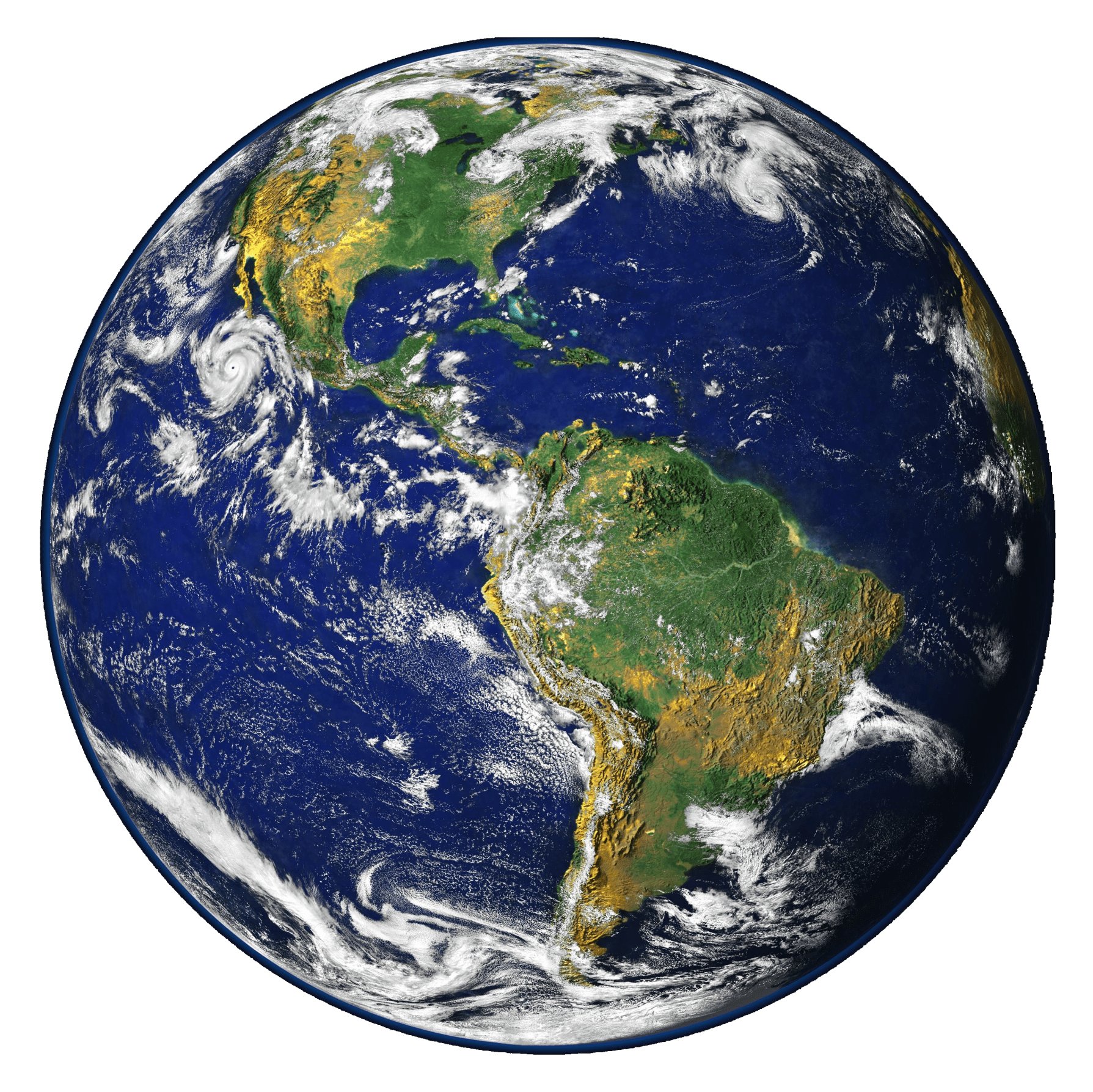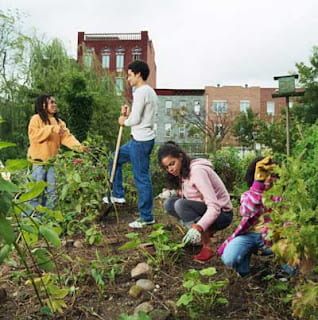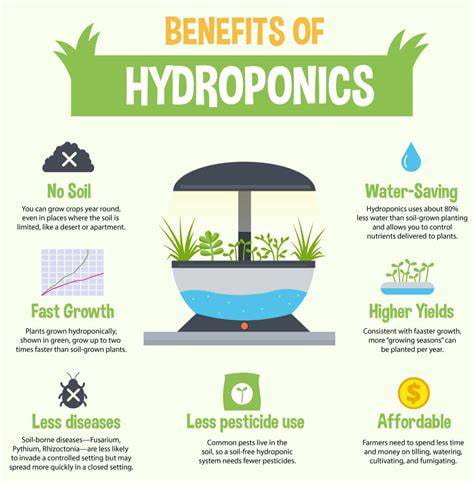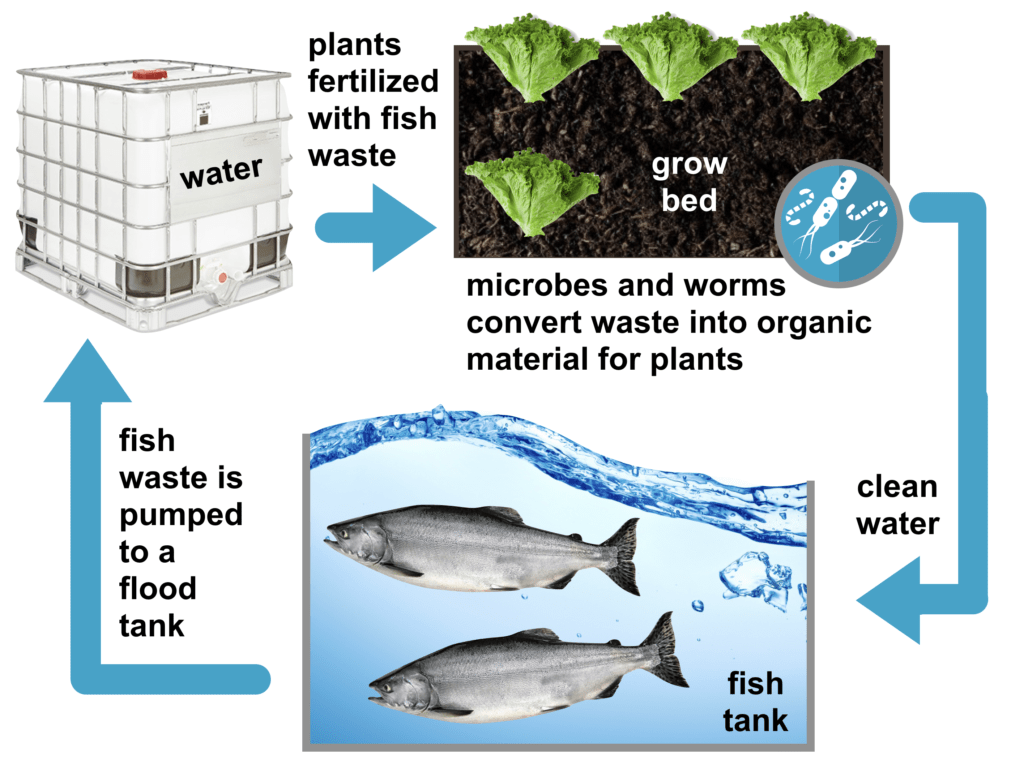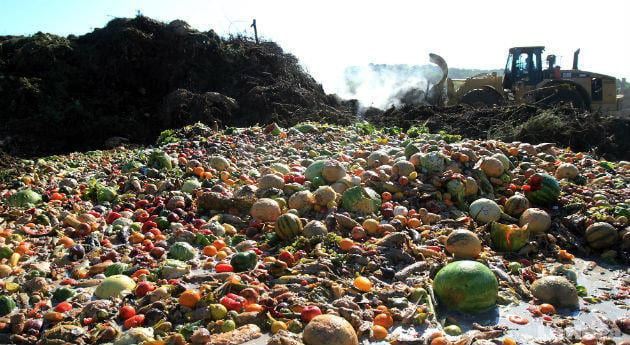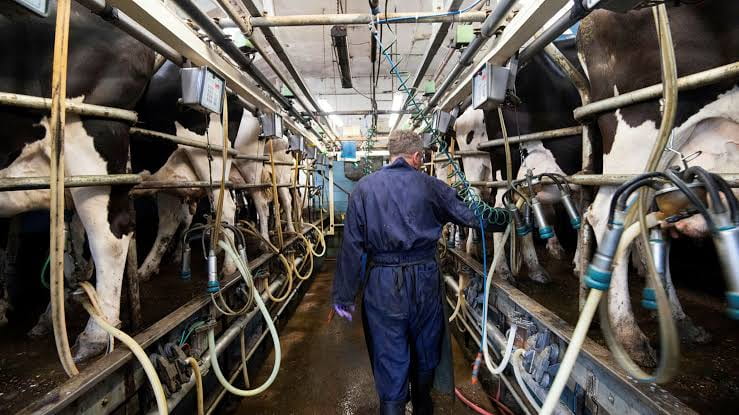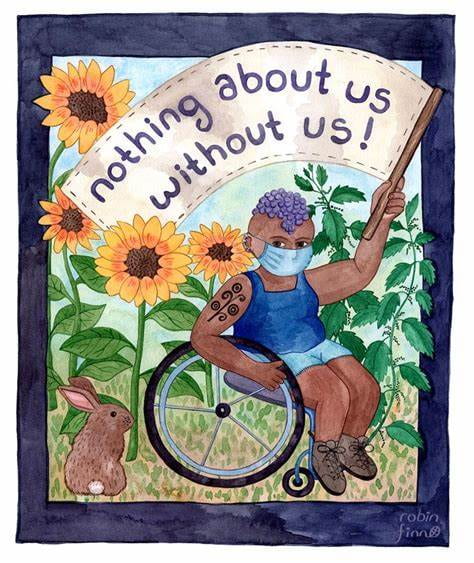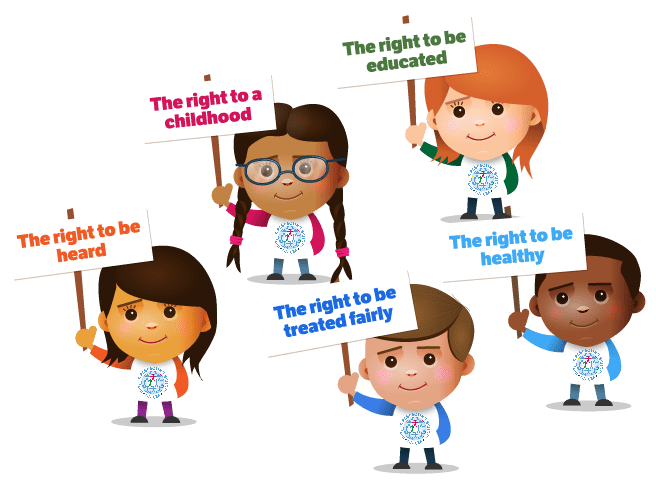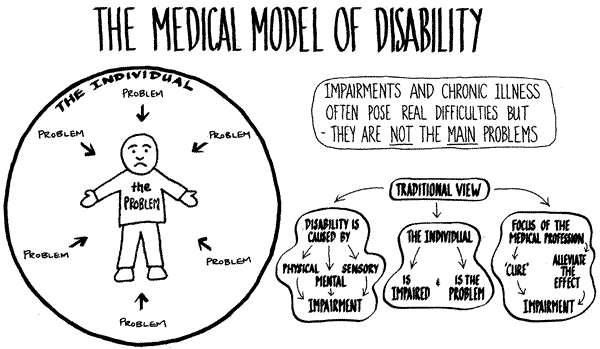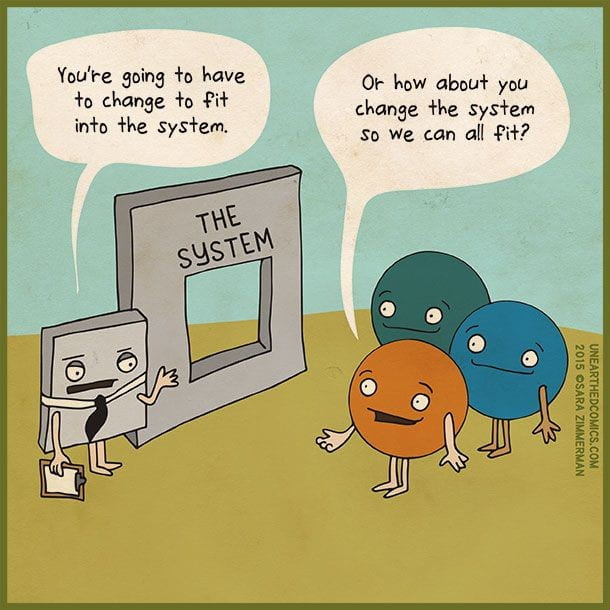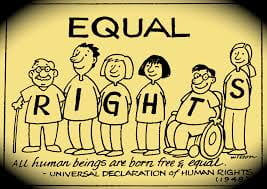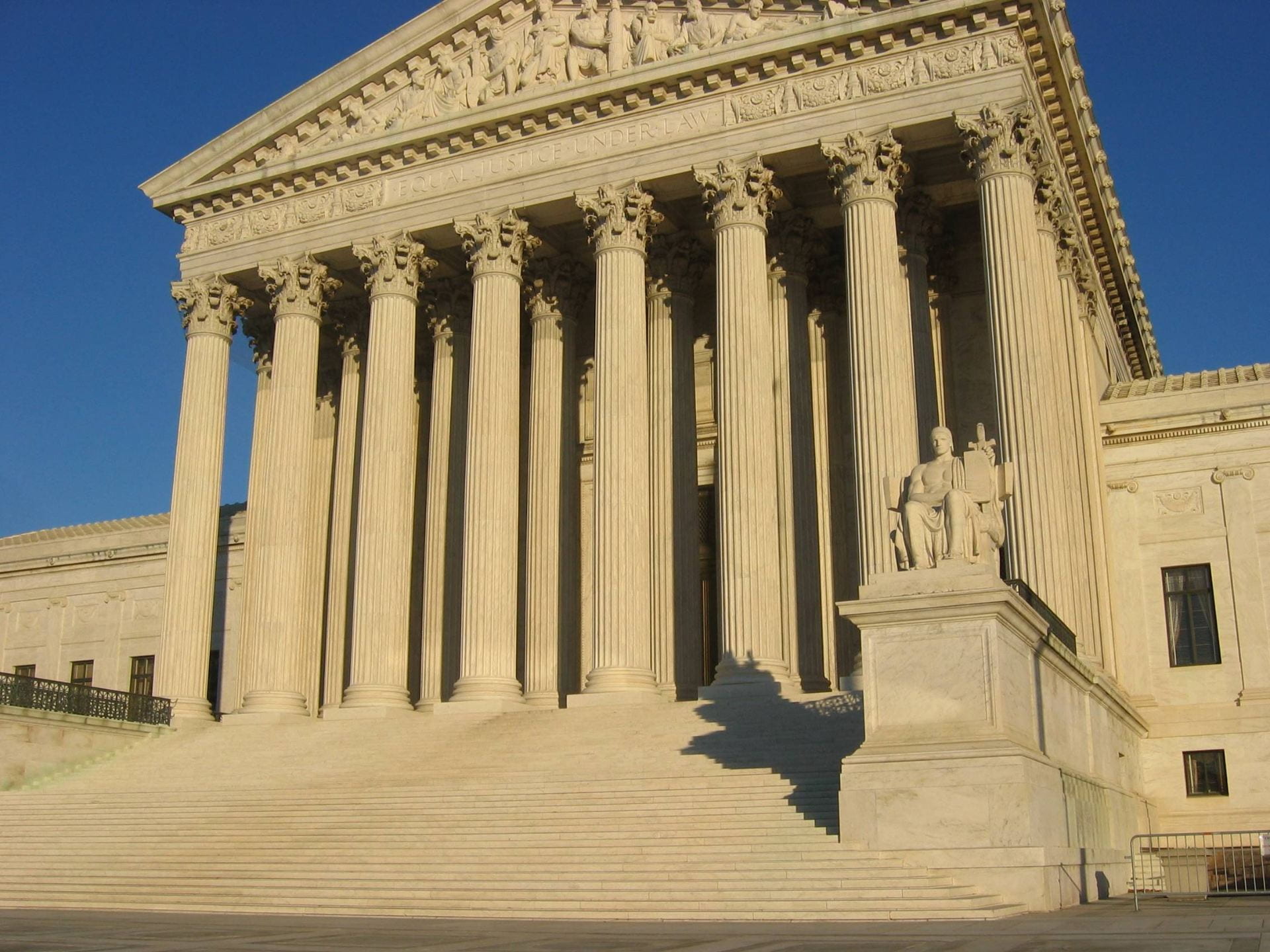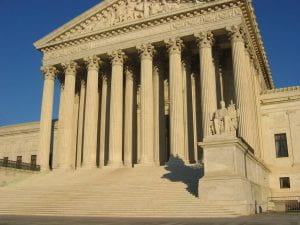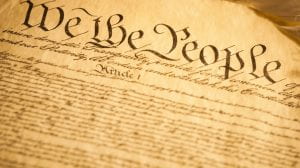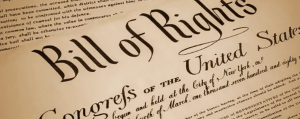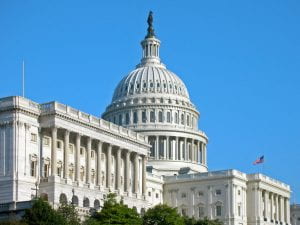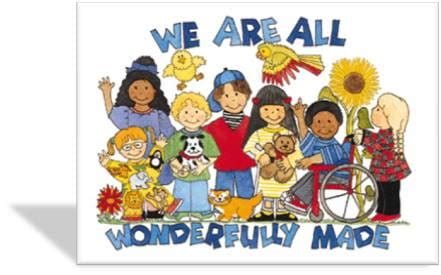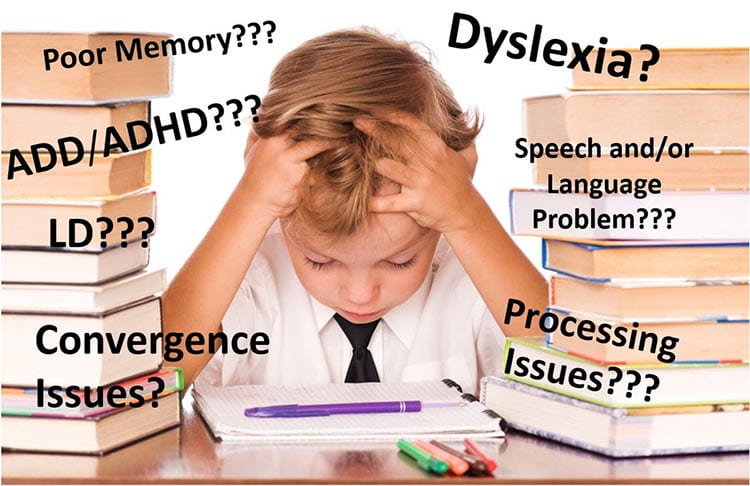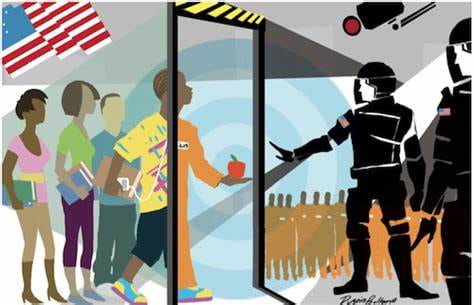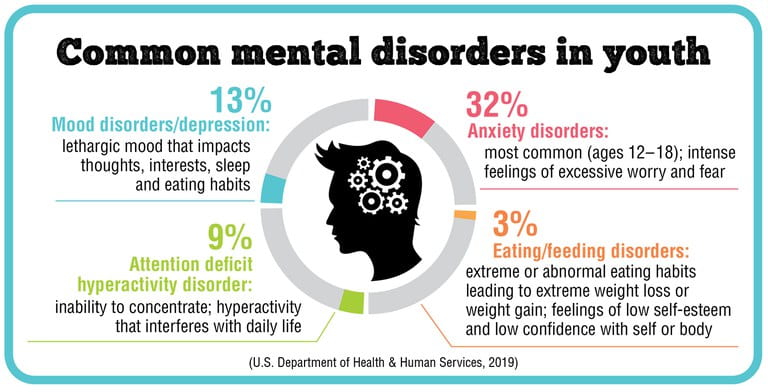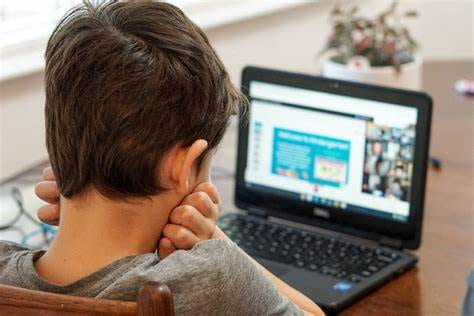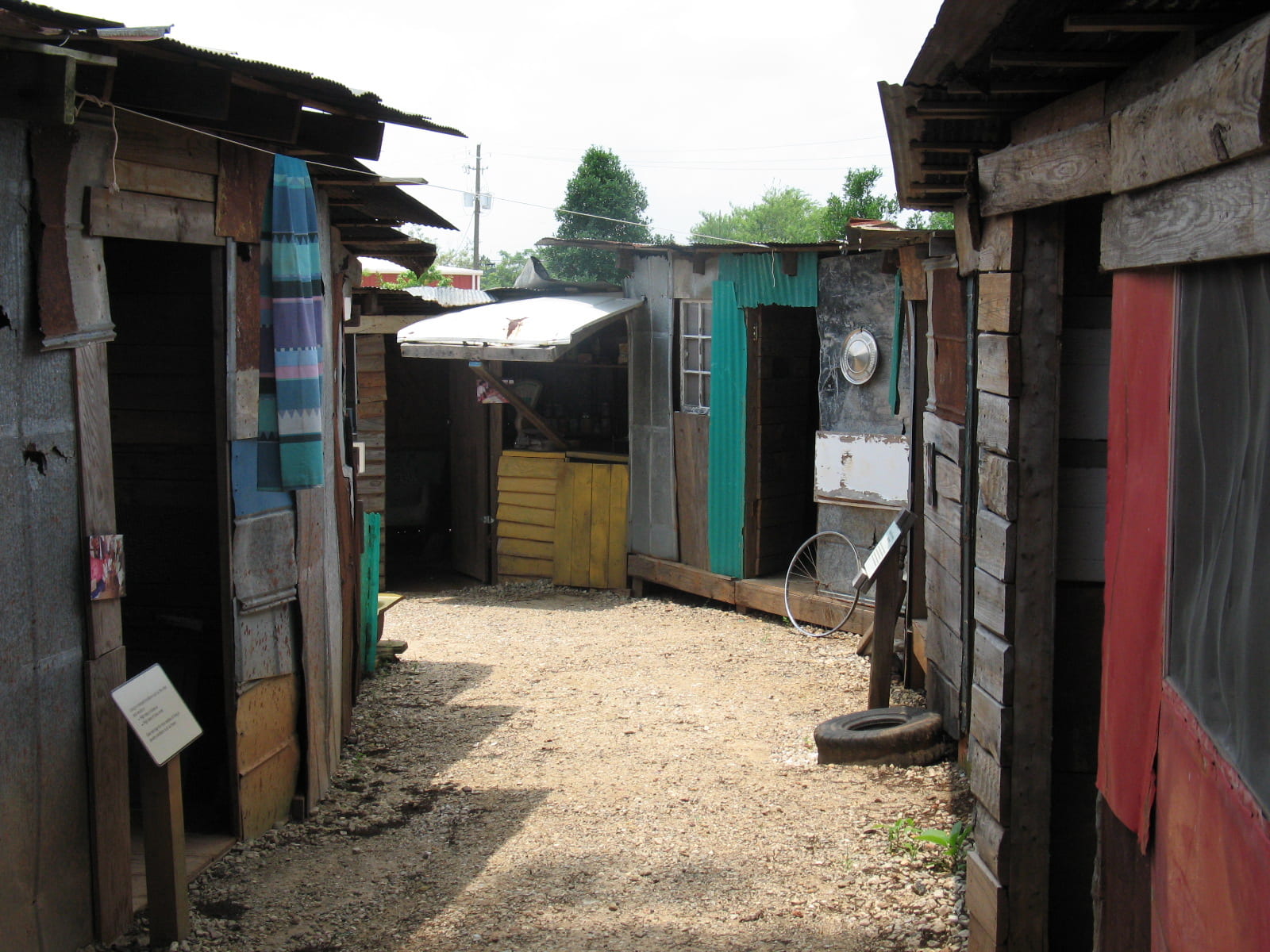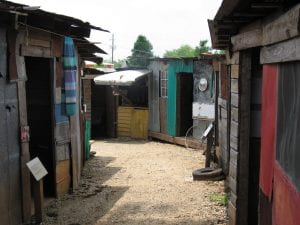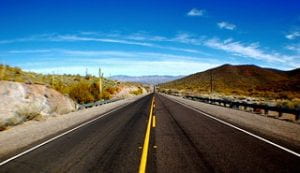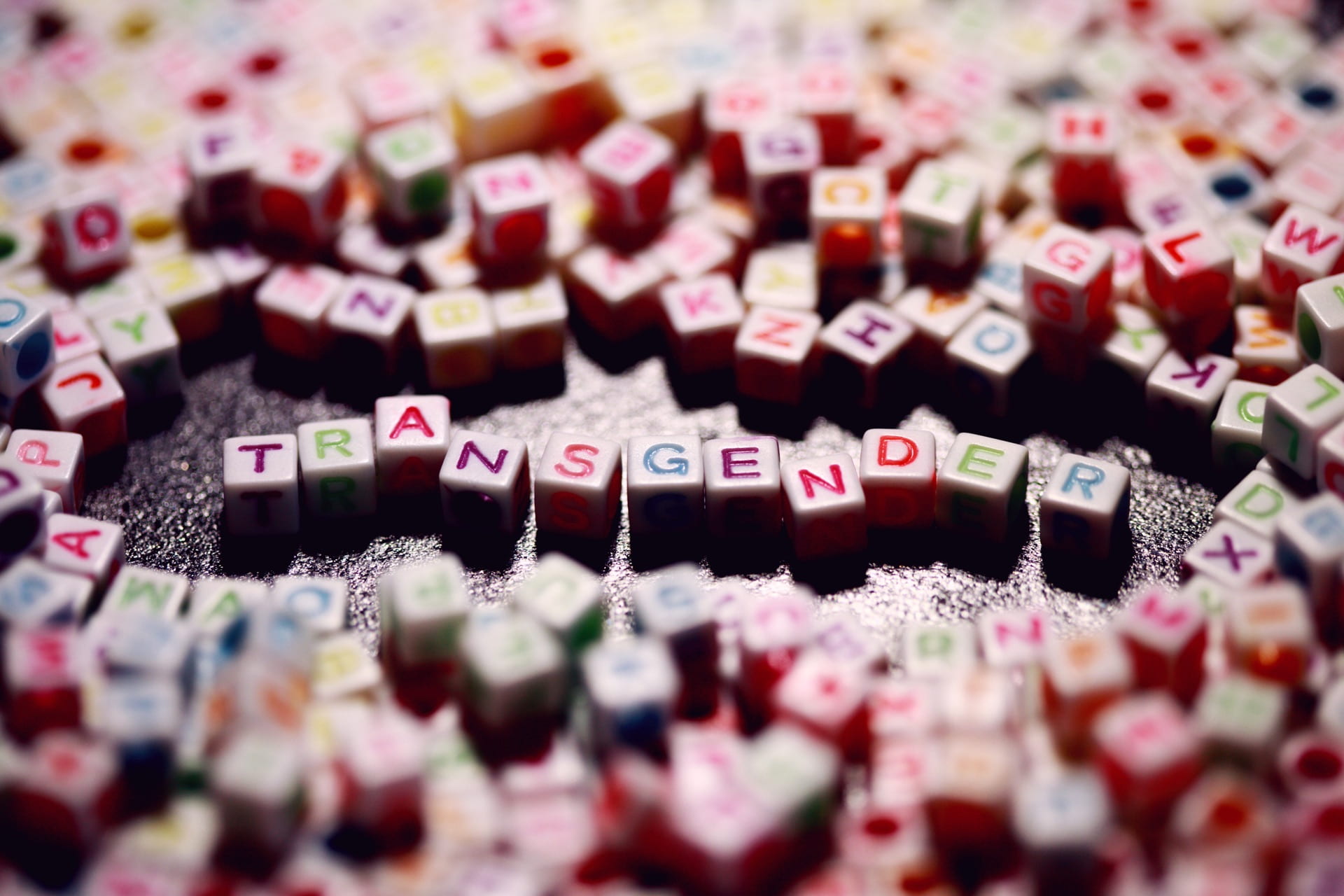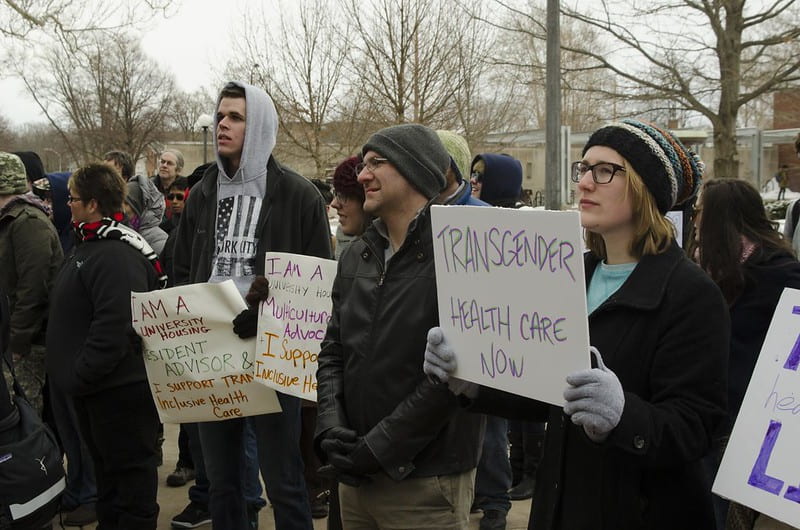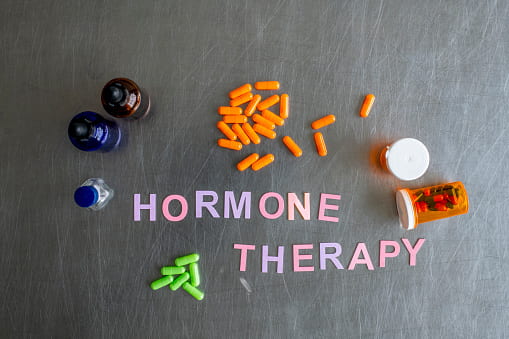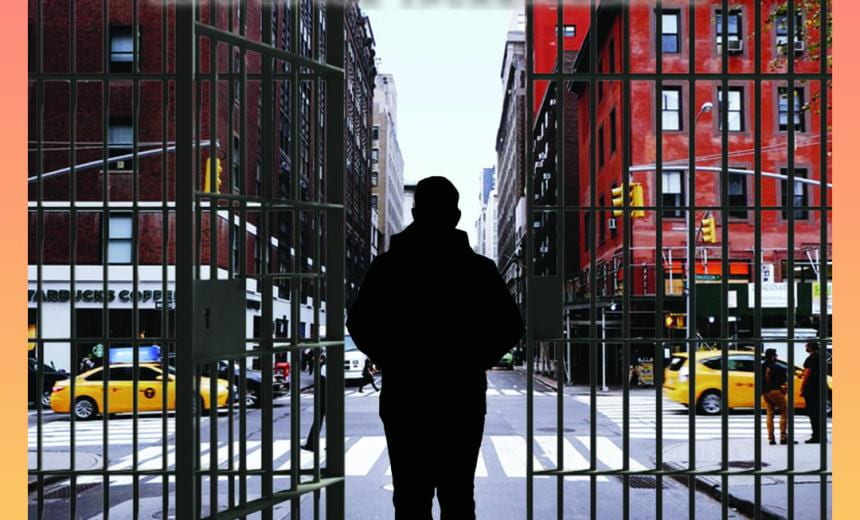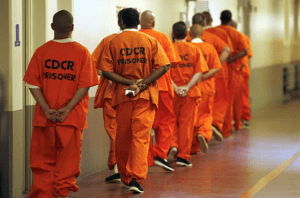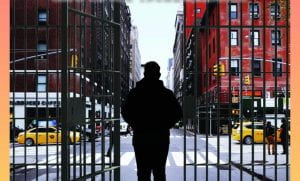
Human rights are dependent on the environment, and we can address many environmental rights issues to bring about a better world for all those who live on this green and blue planet that we call home. In this sense, environmental rights ARE human rights, and taking a human rights approach to addressing these environmental rights can close the gaps of inequality between the Global North and the Global South countries. I am dedicating a series to deep dive into this human rights approach to environmental rights. We began this series by focusing on how issues around food can be addressed with a human rights approach. This blog will focus on water, another essential need for all living things, and how issues surrounding access to clean water can be addressed with a human rights approach.
Uses of Water

Similar to food, water is also another resource necessary for all living creatures, including humans. Organisms need water to survive and function, even in the driest places on Earth. Humans need water for survival, not just to quench our thirst, but also to cook our food, and clean ourselves and our spaces. To maintain this modern civilization we live in, humans also require water for various industrial purposes, including watering the crops we consume, providing water for the livestock that we make use of, hygienic purposes, and even washing the clothes we wear. In fact, water is required for industrial use as well, including in the clothing and textile industries, mining industries, the process of oil drilling, and many more. Not having access to clean water can cause illnesses, rashes, and even death, both to humans and the organisms that live in areas with unclean water.
Although this planet is made up largely of water, it is a natural resource that is limited. Its limitations come from the fact that 97% of the water found on Earth is contained in the oceans, which are made up of salt water. Saltwater is unsafe for consumption because our kidneys are not capable of filtering all the salt out of the water, and as a result, drinking it can have the opposite effect you want to achieve, including dehydration and eventual death. Only 3% of the water found on Earth is freshwater and safe for consumption. This 3%, therefore, is what is used for all of our personal, industrial, and agricultural needs, and this same 3% also has to be shared with the many creatures we live alongside on this planet. Even still, much of that 3% of fresh water is also frozen in the form of ice caps and glaciers or contained in the atmosphere and soils. So, in reality, we only have about 0.5% of the Earth’s water source for all of our needs and those of our fellow Earth dwellers.
Consequences of Using Unclean Water
The current way we treat our water supplies and our environment can have drastic impacts on our lives, the lives of other organisms, as well as the future of this planet. We have seen what happened in Flint Michigan and Jackson, Mississippi, and the struggles the individuals in those places are going through just to be able to have clean drinking water. For those who are not familiar with these incidents, from 2014 to around 2016, residents in Flint, Michigan were consuming water that was polluted with lead. This occurred due to the negligence and carelessness of the local government, which failed to treat and test the river water. The Flint River, which was the major source of drinking water, was polluted due to the high industrial usage along its coasts and was also polluted by agricultural usage, sewage from the waste plants, and even pollutants from the nearby landfills. This incident caused health issues among the residents, and incredible levels of lead were found in consumers, including the city’s children. Something similar occurred in Jackson, Mississippi, and this issue is ongoing even today. The issues of busted pipes during cold-winter days, and the leakage of sewage among other things, were listed as the cause of the Jackson water crisis. In both these cities, many of the residents are people of color, and this has larger racial implications for the issues of access to clean and fresh water (which will be covered in later parts of this series).
Average Water Consumption
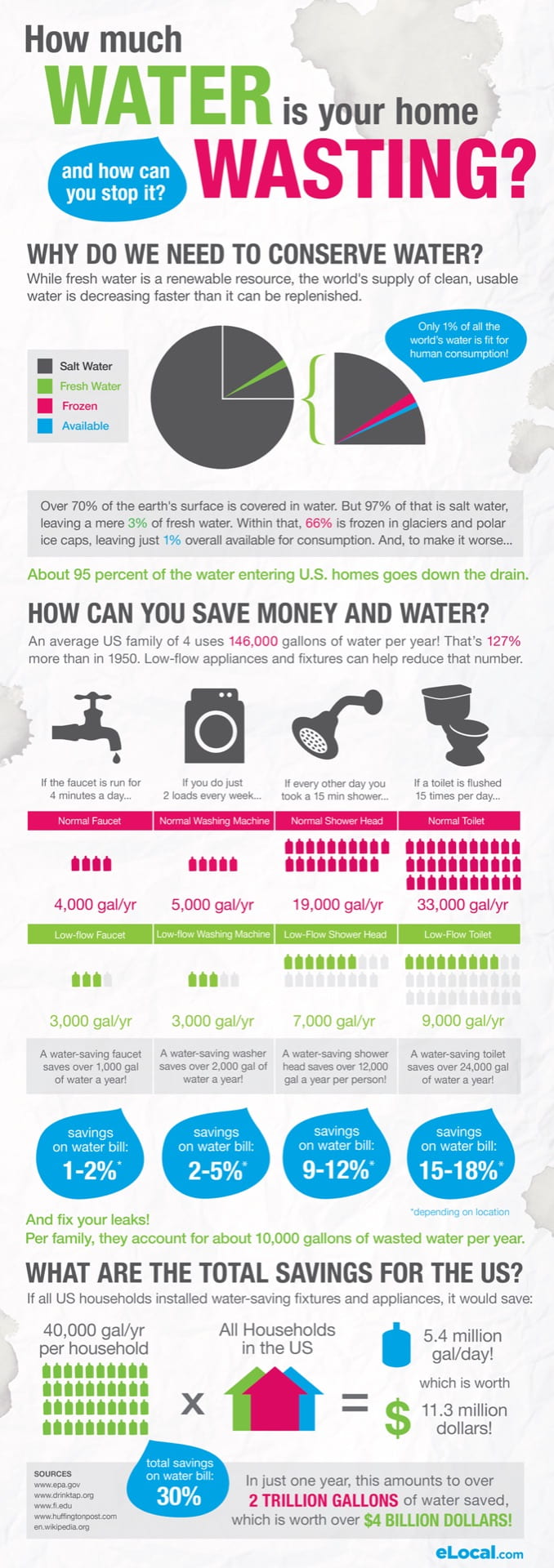
All this does not even include the wasteful nature of water consumption that we in the Western nations have normalized. To put things into perspective, for each minute we spend showering, we are using 2.5 gallons of water. So, for a 10-minute shower, that is 25 gallons of water that are used. Each time we flush the toilet, we use 1.6 gallons of water, with older toilets taking as much as 3.5 gallons a flush (or even 5-7 gallons a flush for toilets made before 1985). When washing clothes in the washer, Americans use over 40 gallons of water per load. Washing dishes by hand uses another 20 gallons of water per load while washing dishes in an efficient dishwasher uses around 4 gallons. This does not include the water that is used to water the lawn, household plants, or other uses like cooking food and cleaning the house.
Negligent Water Practices – Sewage Systems, Bottled Water, and Environmental Water Disasters
Our waterways are not only impacted by chemical leaks and our water consumption but also by the way we process our human wastes and that of our livestock. Agricultural runoffs happen when sediments containing chemicals, bacteria, and manure runoff into the nearby waterways from heavy rains and flooding, causing an increase of nitrogen and phosphorous in the waters. Too much nitrogen and phosphorous in the waters can be very harmful to marine life because these elements cause an increase in algae growth, a process known as eutrophication. This may not seem so bad, but too many algae in the water can block the sunlight and oxygen from reaching the organisms on the bottom layer of the water. This in turn leads to hypoxia, a condition where the oxygen levels in the water decrease and can cause the death of many marine organisms. Similar to agricultural runoffs, human sewage also has high levels of nitrogen and phosphorous, and any leaks from sewage treatment facilities and other industrial factories that use similar chemicals can further threaten marine biology. For more information about water insecurity in America and how the sewage system exacerbates this issue, click here.
Another wasteful practice we engage in as humans are our production and consumption of bottled water. For one, the process used to make single-use plastic water bottles releases over 2.5 million tons of carbon dioxide into the environment every year. Additionally, the process uses 17 million barrels of oil to meet the consumer demands for these plastic bottles. After consumption, the water bottles are rarely recycled, resulting in the addition of 38 billion water bottles to landfills. 10% of all discarded plastics end up in the ocean, a threat to aquatic life. Furthermore, consuming water from plastic bottles comes with its own health consequences, including the bioaccumulation of microplastics in our systems. Many companies also use a type of plastic (#7) that contains bisphenol A (BPA), which has many health concerns associated with them, including diabetes, heart conditions, developmental issues, and fertility issues, and can even lead to cancer. This type of plastic is actually banned in many nations around the world but is still allowed in the US.
In addition to all these issues, the water bottle industry is also a perpetrator of human rights violations, with Aquafina, Dasani, and Nestle, being the largest water bottling companies in the world. Bottling companies transform a free, naturally available resource, into a profit-making commodity. In the process, they are actually harming the water sources in the locations in which their manufacturing and bottling occur, forcing the people that live in those areas to consume bottled water, not as a choice, but as the only source of clean water available to them. For those who cannot afford water bottles, water insecurity becomes a daily reality from which they cannot escape. The insidious part of this issue is the fact that many of these bottling factories exist outside of Western nations, in countries such as India, Fiji, and other underdeveloped nations in which the residents cannot (or do not have the resources) to fight back against these corporations, an approach that can only be characterized as environmental racism. For those factories that do exist within Western nations, they are predominantly located near neighborhoods of color. The CEO of Nestlé faced backlash in 2013 for announcing that water is not a human right, but a product to be privatized and sold. This privatization of water denies these local communities the right to use the resource for their own residential, industrial, and infrastructural use, and further exacerbates their conditions of poverty and water insecurity.
Anthropogenic (caused by humans) activities have caused many of our ecosystem services to be polluted, including our water sources. We as humans have allowed many chemicals to leak into the waterways, sewage, and other waste products to run off into the streams and have done a poor job taking care of our groundwater, aqueducts, and aquafers. There has been recent news of chemicals from the train derailment in Ohio entering the waterways and causing local residents to become sick. Last year, there was a story about the US military leaking jet fuel, contaminating the waterways in Hawaii. Much of the nuclear waste we produce gets stored in containers underground, and these containers cannot hold radioactive waste for too long. At times the contents seep out, polluting the groundwater. The Ogallala Aquifer, one of the world’s largest aquifers that serves much of Central America, has been threatened by the installment of the Keystone XL pipeline, which is an oil pipeline, that if it bursts, can pollute the entire aquifer, contaminating the water used by people across eight states. These are just some of many incidents in that we as humanity have failed to protect our naturally occurring ecosystem services, which, if we had to recreate, would cost us trillions and trillions of dollars.
Water is a Human Right

Along with food, water is also listed as a human right in Article 25 of the UDHR. Although water is considered a renewable resource, it is a limited one. The reason water is considered a renewable resource is because of the water cycle, which is the various steps of a cycle the water goes through, (evaporation, transpiration, condensation, precipitation, and runoff) that recycle the water that we use. Evaporation happens from the major bodies of water, when the heat transforms the liquid water into a gaseous form. Transpiration happens in forests and plants, when water moves through the plant into the atmosphere, to move nutrients and cool the parts of the plants that are exposed to the sun. Condensation occurs when the water evaporated into the air ends up filling up the clouds, changing the water vapors into a liquid form again. Precipitation is what comes next when the collected vapors fall back onto the ground, such as rain, snow, or ice. This precipitation is dispersed in many ways, from the waterways to the land. Finally, runoff refers to the water flow on the surface level, below the surface level, or even into the depths of the Earth. Simply put, runoff is water that has not been soaked into the soil. Yet, while on paper, water seems to be a renewable resource, in practice, water is polluted in many ways. Due to the current human lifestyles, clean water has become a limited resource, and our continued negligence on this subject will only exacerbate this issue.
The Threat of Water Wars and Water as a Human Right
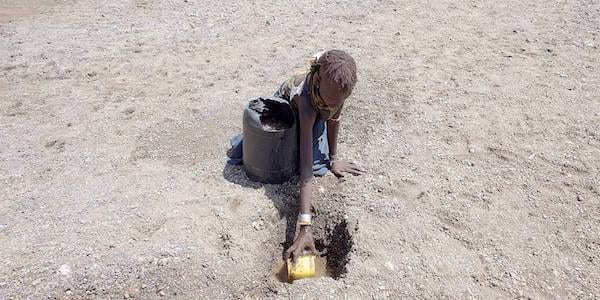
Climate change is impacting everyone around the world, but disproportionately. The Global North benefits from an abundance of resources while the Global South, in many ways due to the history of imperialism, suffers the consequences of the Global North’s actions. Many people in the Global South face water insecurity on a daily basis, and this will only get worse as the Earth continues to warm up. By 2030, many countries in the warmest parts of the world will be uninhabitable. Apart from this, due to the rising temperatures, many of the bodies of water on Earth are drying up, further exacerbating the water issues already present. There are already feuds between China and India over the Brahmaputra River, one of the largest rivers in Asia.
One way to personally address this issue is to be mindful of our water usage. Yet, this alone will not be enough to address this problem on such a large scale. Countries around the world have to come together and find creative solutions to ensure that clean water is made accessible to everyone equally. This can be done through strategies that incorporate green infrastructure. In doing so, the strategies used to address these issues need to be inclusive of everyone, including being respectful of Native Americans and their many uses of water. Additionally, access to clean water does not just mean the ability to have clean water but it should also be affordable, regardless of where you live. In fact, water is one of those essential needs for every human being, and as a result, should be free, or nearly free to everyone. Finally, everyone should be educated on the various uses of water, and the need to maintain its cleanliness.

